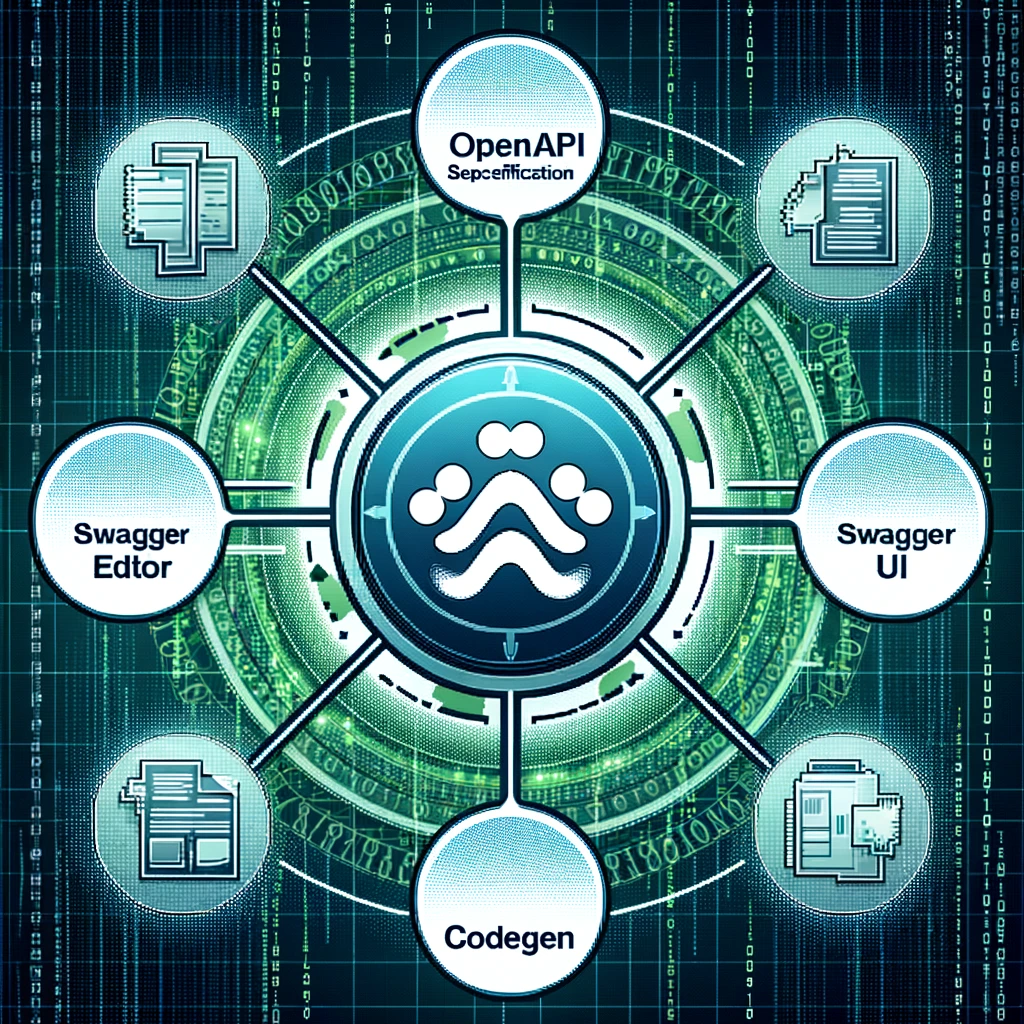In the realm of modern software development, APIs (Application Programming Interfaces) play a pivotal role in enabling communication and data exchange between different software systems. However, managing APIs effectively requires clear documentation, robust testing, and streamlined collaboration between developers and stakeholders. This is where Swagger comes into play.
Swagger, now known as the OpenAPI Specification, is an open-source framework that simplifies API development, documentation, and testing. In this comprehensive guide, we’ll explore the fundamental concepts of Swagger, its benefits, and how it revolutionizes the way developers design, document, and test APIs.
What is Swagger?
Swagger is a set of open-source tools built around the OpenAPI Specification. The OpenAPI Specification, formerly known as Swagger Specification, is a standardized format for describing RESTful APIs. It provides a machine-readable contract for APIs, allowing developers to understand their capabilities, endpoints, parameters, responses, and more.
Components of Swagger:
OpenAPI Specification (OAS): The core component of Swagger is the OpenAPI Specification, which defines a standard format for describing RESTful APIs. The specification includes details such as endpoints, parameters, request/response payloads, authentication methods, and example usage.
Swagger Editor: The Swagger Editor is an open-source, web-based tool that allows developers to create and edit OpenAPI Specification documents. It provides syntax highlighting, auto-completion, and validation features to help developers author accurate API documentation.
Swagger UI: Swagger UI is a user-friendly interface generated from the OpenAPI Specification that enables developers to interactively explore and test APIs. It provides a visual representation of API endpoints, parameters, and responses, along with interactive controls for making requests and viewing responses.
Swagger Codegen: Swagger Codegen is a tool that automatically generates client libraries, server stubs, and API documentation based on the OpenAPI Specification. It supports multiple programming languages and frameworks, making it easy for developers to consume and implement APIs in their preferred environment.
How to Use Swagger:
Define API Specification: Start by creating an OpenAPI Specification document that describes your API’s endpoints, parameters, responses, and other details. You can use the Swagger Editor or write the specification manually in YAML or JSON format.
Generate Documentation: Once you have defined the API specification, use Swagger Codegen to generate interactive documentation in the form of Swagger UI. This documentation provides a user-friendly interface for exploring and testing your API endpoints.
Test API Endpoints: With Swagger UI, you can interactively test your API endpoints by making requests and viewing responses in real-time. This allows you to validate the behavior and functionality of your API and ensure it meets the specified requirements.
Automate Testing: Integrate Swagger with testing frameworks such as Postman, Newman, or JUnit to automate the testing of your API endpoints. By writing test cases based on the documented specifications, you can ensure consistent and reliable testing of your APIs throughout the development lifecycle.
Collaborate and Share: Share your API documentation with stakeholders, developers, and consumers using Swagger UI or other collaboration platforms. This promotes transparency and facilitates communication, ensuring that everyone is aligned with the API’s design and functionality.
Benefits of Swagger:
Standardization: Swagger promotes consistency and standardization in API design by providing a unified format for documenting RESTful APIs. This standardized approach enhances interoperability between different systems and facilitates collaboration among developers.
Improved Documentation: With Swagger, developers can generate interactive and comprehensive documentation for APIs automatically. This documentation includes details such as endpoints, parameters, request/response payloads, authentication methods, and example usage, making it easier for developers to understand and consume APIs.
Enhanced Developer Experience: By providing a clear and intuitive interface for exploring and interacting with APIs, Swagger improves the developer experience. Developers can quickly prototype, test, and debug API endpoints using Swagger’s interactive documentation, reducing development time and effort.
Streamlined Testing: Swagger integrates seamlessly with testing frameworks and tools, enabling developers to automate the testing of API endpoints based on the documented specifications. This ensures that APIs behave as expected and adhere to the defined contract, enhancing reliability and robustness.
API Governance and Monitoring: Swagger facilitates API governance by enforcing standards and best practices in API design and documentation. It also enables monitoring and analytics of API usage, performance, and errors, allowing organizations to optimize their APIs for better reliability and performance.
Conclusion:
Swagger, now known as the OpenAPI Specification, is a powerful framework for designing, documenting, and testing RESTful APIs. By standardizing API specifications, providing interactive documentation, and streamlining testing workflows, Swagger enhances developer productivity, accelerates API development, and improves the overall quality of software systems. Whether you’re building APIs for internal use or exposing them to external consumers, Swagger is an indispensable tool for modern API development.

